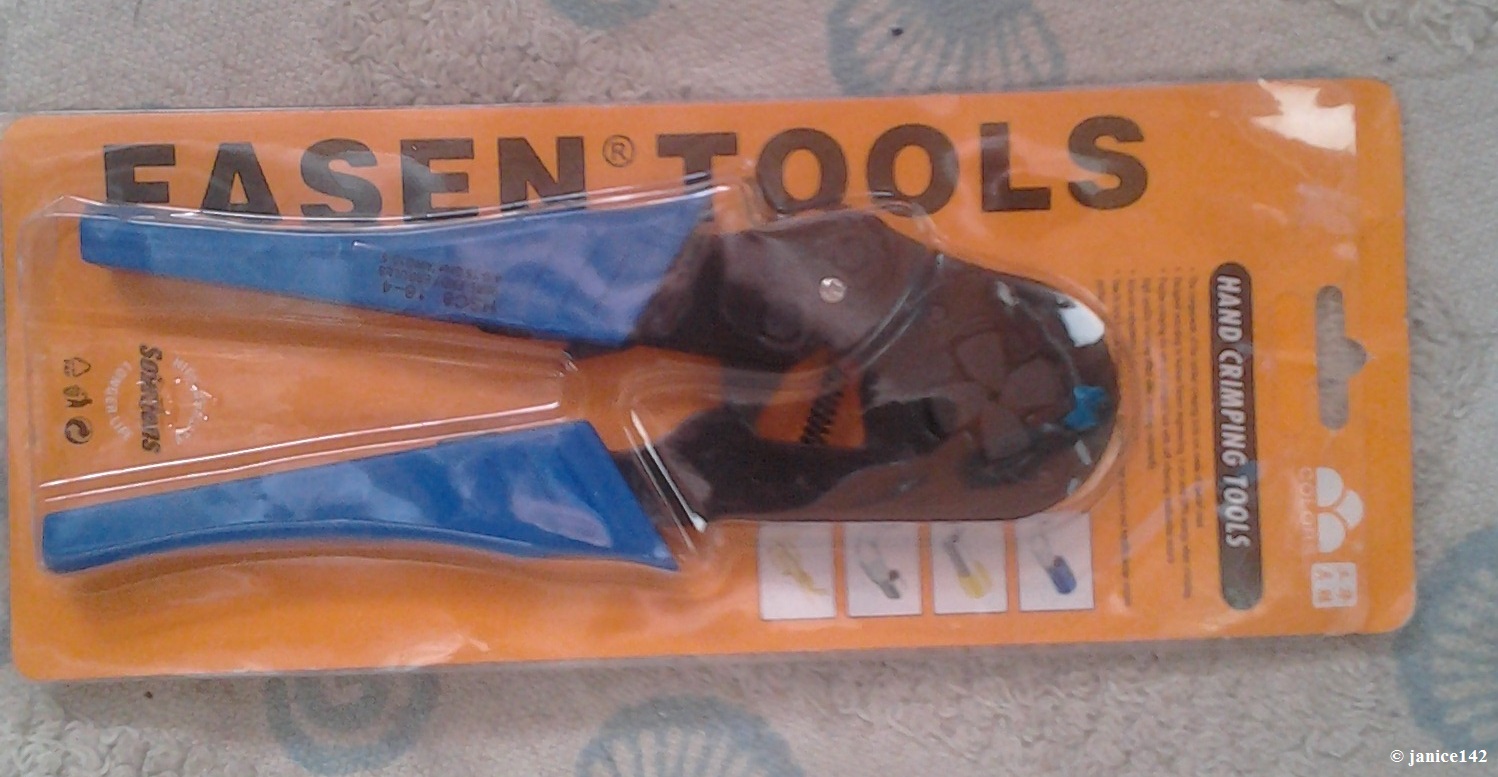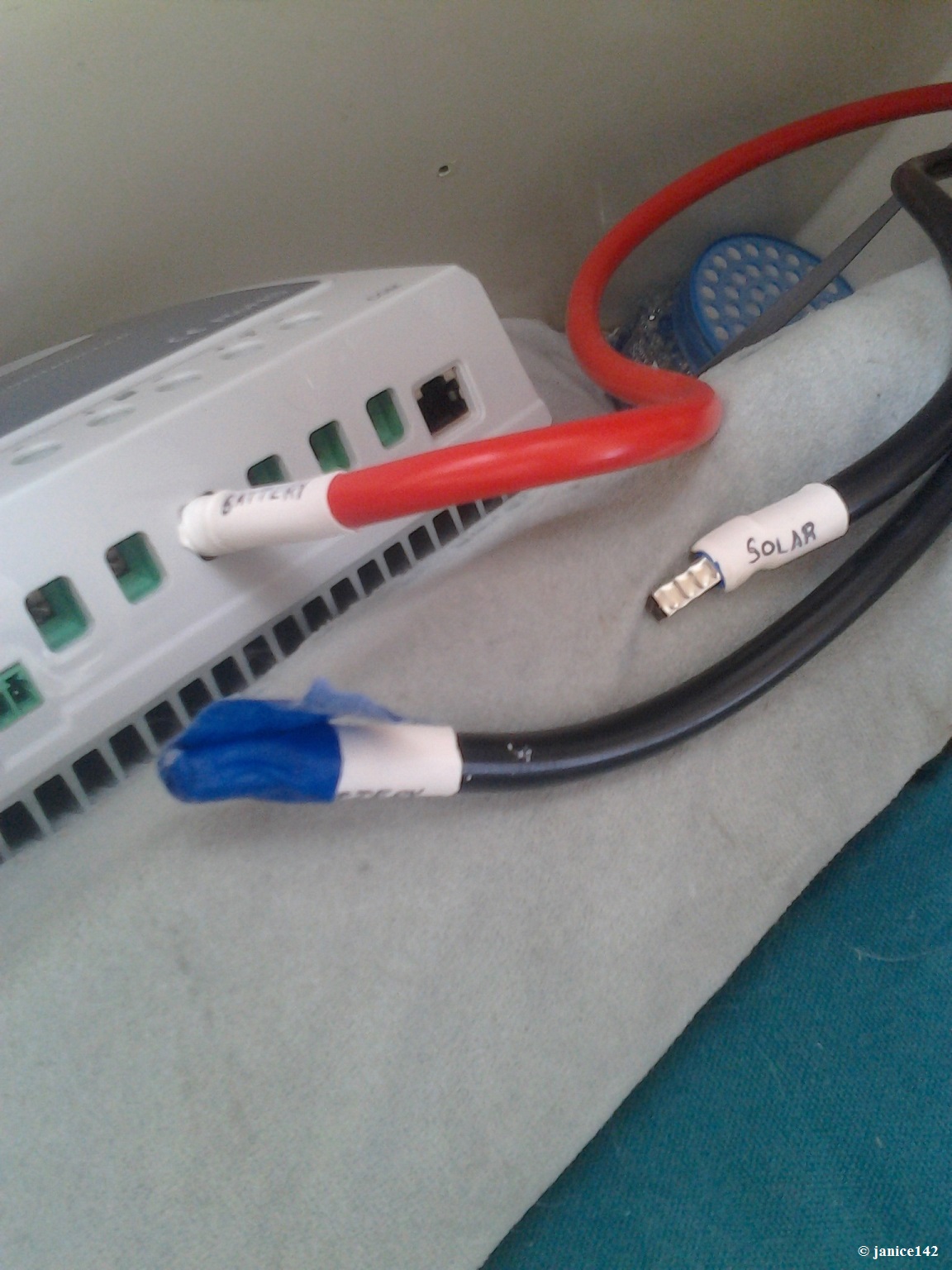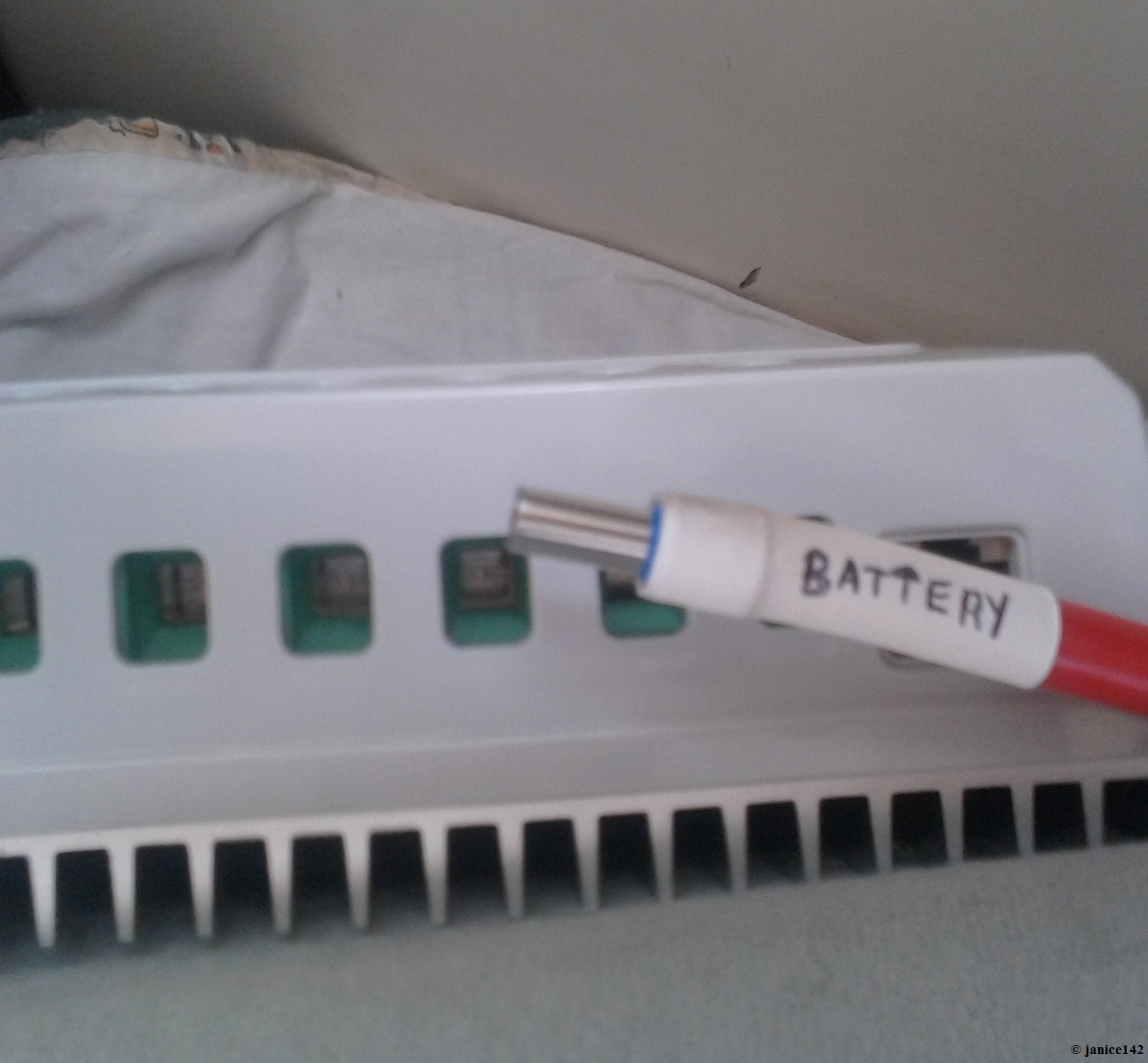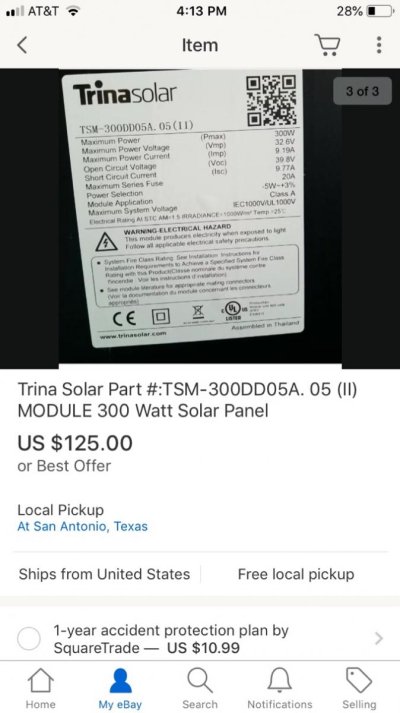dhays
Guru
- Joined
- May 26, 2015
- Messages
- 9,045
- Location
- United States
- Vessel Name
- Kinship
- Vessel Make
- North Pacific 43
The sensor is designed to be in close proximity to the controller & the controller close to the bank. If you can't make this happen you will be best to turn off temp compensation and accepth the volt drop, or beef up the wire gauge. Another option, if voltage getting to the battery terminals is lower than ideal, is to simply extend the absorption duration.
Thanks. As long as we have enough sun, the absorb duration is long enough that it normally changes to float due to the tail off amperage before the time runs out. If we don’t have enough sun, then it just has to wait until the next day.
Dave: what are the loads under these tests? Is/are your fridge and/or freezer on? Are you on shore power? Your panels should be switched to off if you are on shore power. What happens while you are on shore power will be very different when you are away from the dock.
I have the shore power plugged in to run the AC loads, but have the charger turned off. I also have the AC/DC fridge’s AC turned off so it is running only on 12v. In addition I have another 12v freezer that is running. All in all, not that much of a load.




